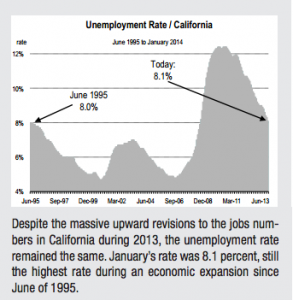Pending home sales in January surged to the highest level since August 2013 after a steep drop last month, according to the National Association of Realtors.
All major regions except for the Midwest saw gains in activity in January thanks to improved buyer demand at the beginning of 2015.
The Pending Home Sales Index, a forward-looking indicator based on contract signings, grew 1.7% to 104.2 in January, from an upwardly revised 102.5 in December, and is now 8.4% above January 2014 (96.1).
This marks the fifth consecutive month of year-over-year gains with each month accelerating the previous month’s gain.

Buyer Demand Boosts Sales


